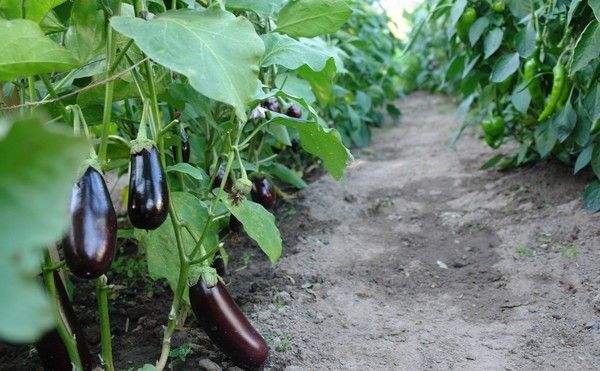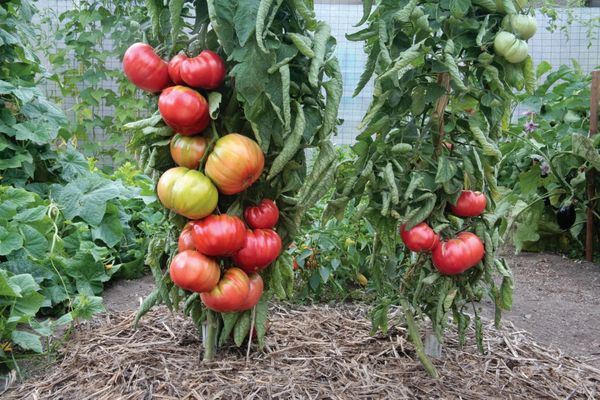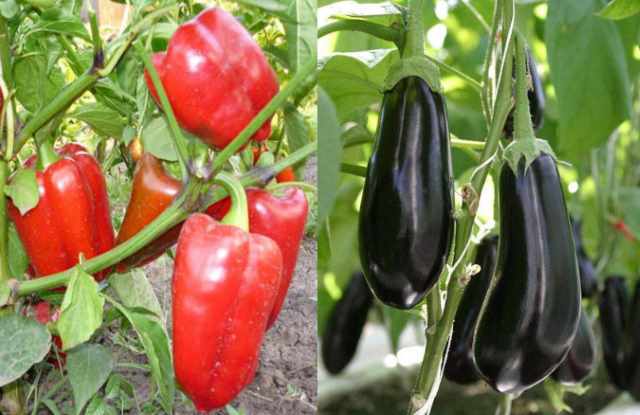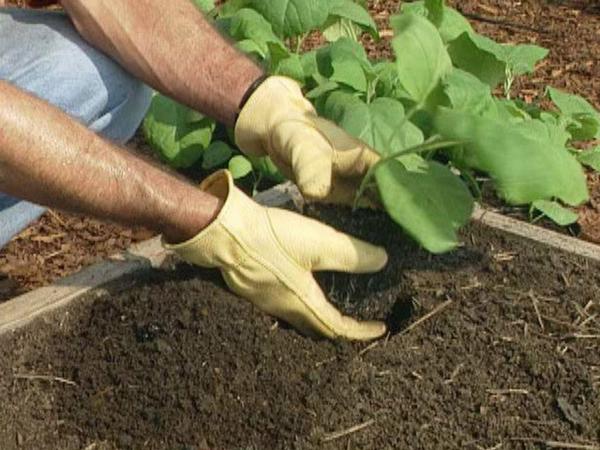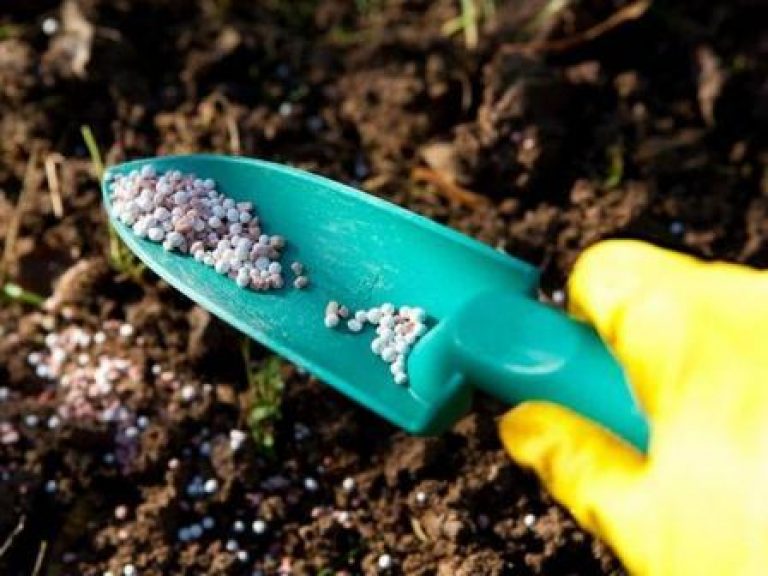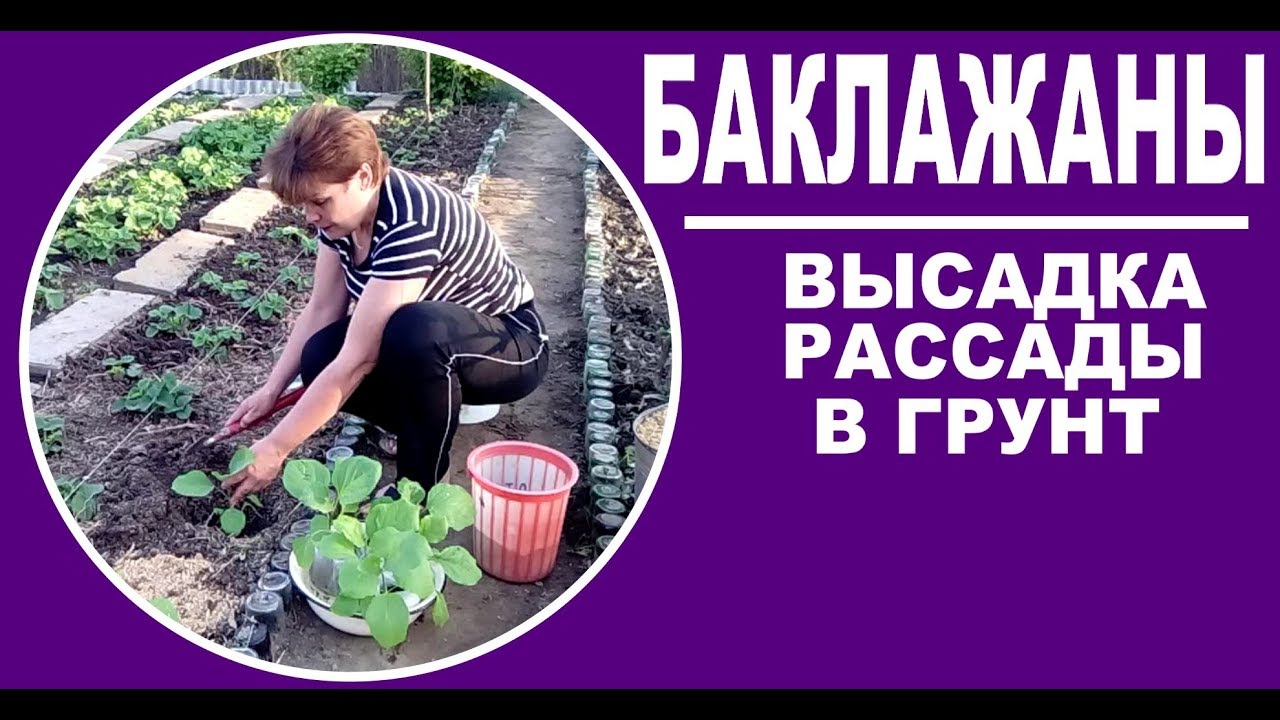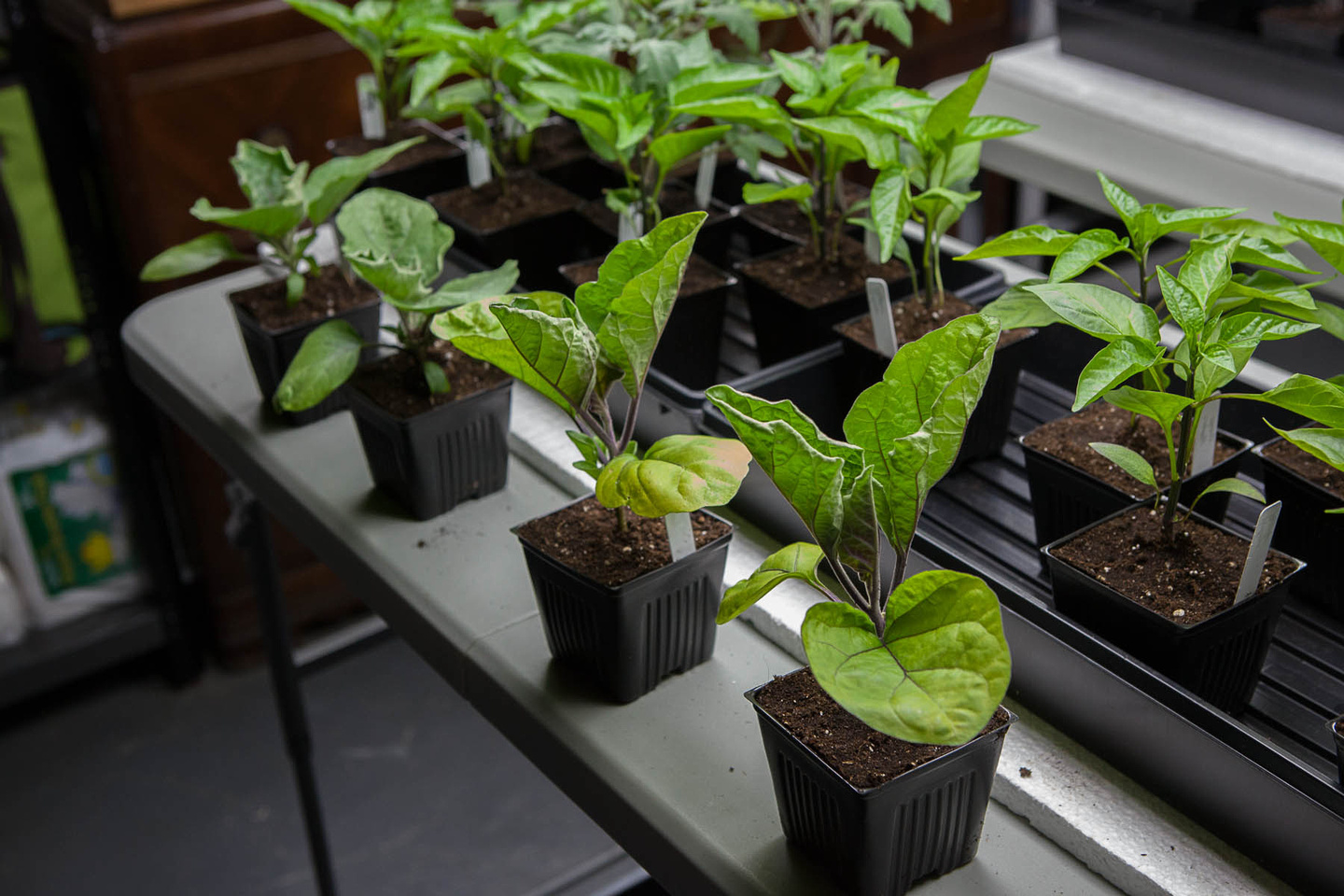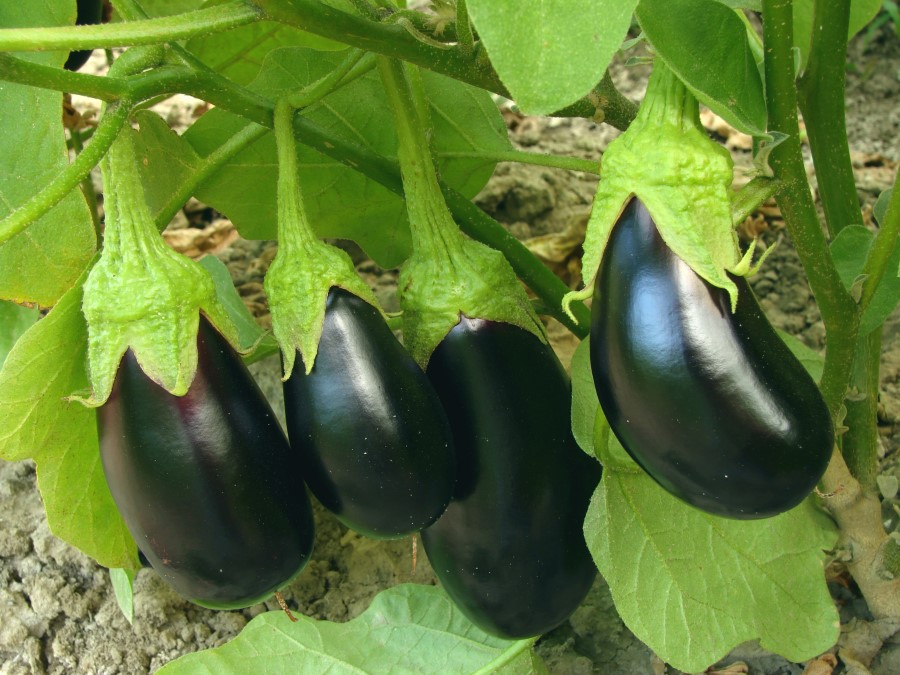Content:
Ogorodnikov is concerned with the question of what to plant eggplants with to get a good harvest. Those plants that need the same amount of moisture, heat and light can be adjacent. It is desirable that the vegetables receive the same fertilizers.
Eggplants are distinguished by good compatibility in the greenhouse with other crops. If the farmer does not know what to plant next to eggplants, this can provoke discord between crops, which will lead to a decrease in fruiting and plant death.
Some vegetables are naturally capable of protecting themselves from insects, releasing toxic substances that negatively affect other plants near the crop.
Best Neighborhood for Eggplant
Farmers prefer to prepare for the season in advance. Already at the end of the winter period, they soak the planting material. However, you can buy seedlings at any time. Melons, beans or greens are good neighbors for eggplant outdoors. Grow tomatoes away from these vegetables.
What can be planted next to eggplants in the open field:
- bell pepper;
- zucchini;
- peas;
- cabbage;
- beets.
Onions and garlic should not be planted next to peas and beans, they are not friends.
Bad neighborhood for eggplant
Often agricultural technicians ask themselves which crops are not suitable for joint cultivation with eggplants and with what they can be planted in the same garden. Ideally, choose a site in your garden where only eggplants will grow.
Tomatoes are bad neighbors for them, so these crops cannot be grown next to each other. They are exposed to the same pests. Example: a spider mite attacked tomatoes, which means that the eggplants will soon be infected. If the disease has affected the foliage of the plant, then the neighboring culture will also begin to wither and die.
Powdery mildew can be distinguished from plant diseases, it spreads quickly. You should also consider in detail the issue of watering the soil. Eggplants love moisture. Therefore, they require regular and abundant watering, while tomatoes, on the contrary, calmly tolerate drought. If you water the common bed abundantly, then the tomato bush may get bogged down in the water, and the fruits will begin to rot and you may not wait for the harvest at all.
Thus, the answer to the question of what next to plant eggplants is given - definitely not with tomatoes. Potato bushes can also be considered an unfavorable neighborhood, since they are susceptible to attacks by Colorado beetles. If these harmful insects jump onto the eggplant bushes, there will be no harvest.
What crops can be planted next to eggplant in a greenhouse
Before planting, you need to clarify which crops they get along with and which ones do not. Do not forget that eggplants are a demanding vegetable, they need to receive a lot of light every day and be protected from the wind. But at the same time there should be a high moisture content of the soil layer. Plants that will grow in the neighborhood should not be tall so as not to shade the bushes.
Bell pepper
Peppers are considered the best neighbors for eggplant. Both crops have the same requirements for humidity and light. The pests in peppers and eggplants are also identical, so it will be easier to deal with them. In height, both plants are about the same, so they will not interfere with each other.
Seedlings are prepared as follows:
- Seeds are selected and disinfected.
- Seedlings are grown at home, on the windowsill.
- The place is being prepared and the greenhouse is being installed.
- The seedlings are planted in open ground.
- Seedlings are sprayed with Bordeaux composition.
Eggplants and peppers are planted no earlier than 2 weeks after frost. The most important thing is for the earth to warm up to the desired temperature.
Cucumbers
Cucumbers are considered a thermophilic crop. Both cucumbers and eggplants have the same care requirements. This simplifies the task for the farmer, because he does not need to separately select preparations for processing, calculate the amount of watering. Despite the fact that the cultures are different, they bear fruit at the same time. But it is necessary to monitor the humidity of the air so as not to harm the eggplants. Indeed, after watering, cucumbers release moisture, therefore, blue ones can begin to fall off and rot.
Corn
Corn is a tall plant, but despite this, it does not prevent the eggplant bushes from receiving light. Plus, it protects the vegetable from the wind. Although drafts rarely get into the greenhouse, it is more used when growing vegetables in the open field.
Bad neighborhood
Experienced gardeners know that eggplant grows poorly next to nightshade crops. This is due to the condition of the soil layer. In a short period, the land will be dried up. Numerous dressings will help to correct the situation a little.
And in the neighborhood of eggplants - tomatoes, problems may arise in terms of watering. The former require regular and abundant watering. That is, the farmer is at a crossroads: either the eggplants will dry up, or the tomatoes will rot.
Fertilizing vegetable crops
Having chosen the right neighbor, you need to decide on the feeding. Since the plants have similar care requirements, one fertilizer is suitable for two. The classic top dressing includes:
- 500 ml of ash;
- 40 ml of potassium sulfate;
- 40 ml superphosphate;
- 20 ml of urea.
If the area for growing vegetables is sandy, then it is better to add compost, peat, clay soil with sawdust in advance. On average, one greenhouse takes 2 buckets.
Joint planting
Before planting seedlings in the soil, you need to harden the greenhouse in advance.
- Indoors, the thermometer should show + 17-18 degrees.
- During the first week, the temperature regime is lowered during the day, a few days before planting planting material, and at night.
- Over time, watering is carried out less frequently.
- Seedlings can be taken out onto the balcony.
- A week before planting, the seeds are treated with a solution of Bordeaux liquid. To do this, dilute 50 grams of the drug in 10 liters of warm water. Such procedures will protect the plant from damage to various fungal infections. During the same period, fertilizing with mineral fertilizers is carried out.
- A couple of days before transplanting the planting material, the seedlings are watered abundantly.
The beds should also be prepared. Clay and loamy lands are introduced into the soil. For each square meter there are 2 buckets of peat, 1 bucket of fine river sand, manure and compost, half a bucket of sawdust.
Fertilizer is applied to any soil, no matter what type it is. The soil is prepared by adding the following composition:
- 500 ml of ash;
- 40 ml of potassium sulfate;
- 40 ml superphosphate;
- 20 ml of urea.
After fertilizing, the soil should be dug up, the surface should be leveled and lightly tamped. Then make holes up to 15 cm deep. Pour the composition into each hole (500 ml of mullein and 10 liters of water).There is a liter of solution per hole.
Watering of vegetable crops is carried out as follows:
- Before flowering, once a week, 2 liters per bush.
- From the moment of flowering and during the period of fruit set - 2 times a week, 3 liters for each bush.
Many farmers, when planting a plant, are guided by the phase of favorable days according to the lunar calendar. It helps you choose good planting days.
In the middle lane, it is better to grow eggplants in greenhouse conditions to protect the plant from wind and cold. With the correct construction of the structure, not a single pest will pick up inside.
